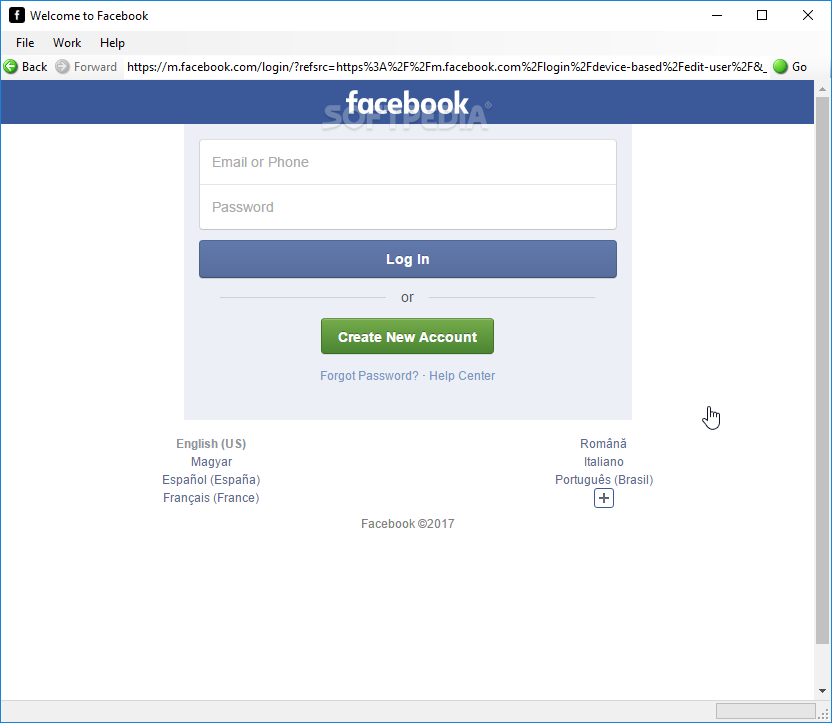
It is an absolute must-have resource if you want to create high-performing ads. The ad library will even tell you who saw each ad, so you can see which ones worked best with specific audiences. You can use the ad library to see which ads have performed best, as well as to replicate successful campaigns and learn from your mistakes. Moreover, it is also possible to search for particular ads by keyword, date, and other criteria. You can view them in chronological order by date. You can use this information to learn more about your audience and optimize your campaigns accordingly. The library also includes data about each ad's performance, such as how many impressions it received and how much money it generated. They're all categorized by industry, so you can find exactly what you're looking for. The Facebook Ad Library is a collection of ads from advertisers and agencies worldwide. So, what does the Facebook Ad Library contain? Now that you've come this far, you may wonder what the Facebook Ad Library is. What Is the Facebook Ad Library? Facebook Ad Library
Decipher messenger export how to#

However, growing a Facebook page is not as simple as people think. It indicates that they are popular in their niche.

They want to be able to show that they have a lot of supporters and fans on their page. You can also use Facebook Ad Library to spruce up your ads and reach more people.Įvery marketer wants to grow their Facebook page. The FLAG-tagged proteins were all precipitated nearly quantitatively and, like the MS2 coat protein fusions, were expressed in large amounts, except for SRm160, which was 20 to 33% as much.Are you struggling to create a unique Facebook Ad but can't seem to think outside of your competitors' box? The Facebook Ad Library is a fantastic tool that enables you to research and spy on your competitors' ads and campaigns.īut it isn't just for research purposes. Green) and TAP (rabbit antibodies against TAP kindly provided by E. A portion (20 μl) was fractionated in 10% polyacrylamide-SDS gels and subjected to Western blotting for hUpf proteins, hnRNPD (rabbit antibodies against hnRNPD kindly provided by H. Beads were washed 10 times with cold NET-2 (50 mM tris-HCl, pH 7.5, 150 mM NaCl, 0.05% Nonidet-P40) and resuspended in 60 μl SDS sample buffer (50 mM tris-HCl, pH 6.8, 100 mM DTT, 2% SDS, 20% glycerol, 0.2 mg/ml bromophenol blue). The supernatant was subsequently incubated with 100 μl anti-FLAG antibody agarose (M2 Sigma) at 4☌ for 4 hours. RNase A was added at 200 μg/ml and after 10 min on ice, the cleared cell extract was recentrifuged.

NaCl was added to 150 mM and cell debris was removed by centrifugation at 10,000 g for 10 min. Forty-eight hours after transfection, cells were resuspended in 400 μl hypotonic gentle lysis buffer (10 mM tris-HCl, pH 7.5, 10 mM NaCl, 10 mM EDTA, 0.5% Triton X-100, 1 mM PMSF, 1 μM aprotinin, 1 μM leupeptin) for 10 min on ice. Cultured HEK293 cells (10-cm plates) were transfected (using lipofectamine, Gibco-BRL) with 40 μg of an empty vector (−) or a plasmid expressing a FLAG-tagged hUpf1, hUpf3b, Y14, DEK, RNPS1, REF2-I, SRm160, TAP, or hnRNPA1.


 0 kommentar(er)
0 kommentar(er)
